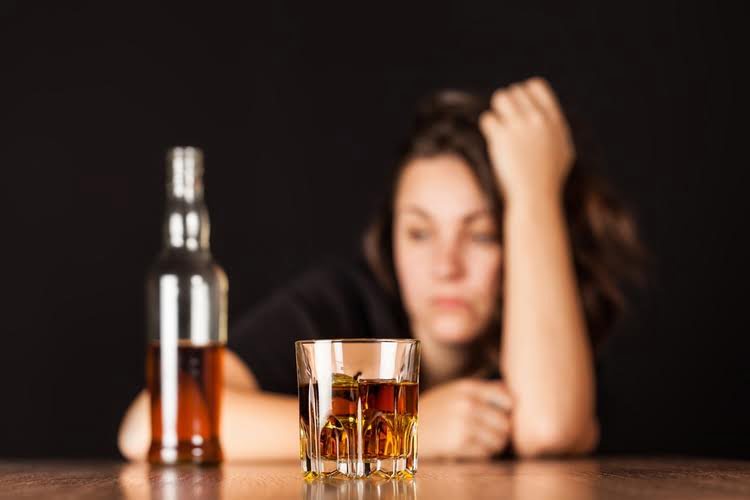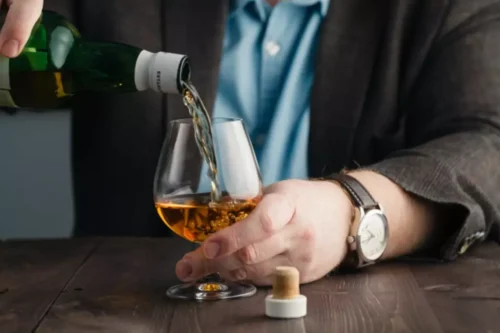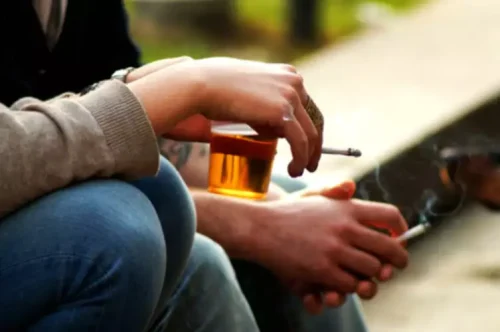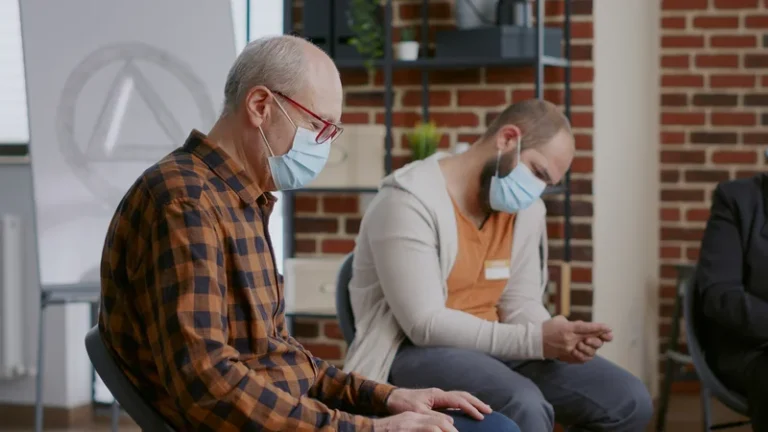At best, have at least one person who is going to be ecstasy-free during the session. Concerns are especially high for those who are still in middle or high school as their brains are not fully developed. A 2022 survey showed that 0.6% of eighth graders (13 years old) said they used ecstasy in the last year. We do not receive any compensation or commission for referrals to other treatment facilities.
How Long Does Molly Stay in Your System?
Back in the 1990s, it surged in popularity at dance parties, raves and nightclubs. Now, it has spread to more sedate venues including university campuses and people’s homes. People who you would not necessarily suspect as being drug users may well be popping pills at parties and at home. The elevation of chemicals within the body also causes feelings of love, empathy and … ecstasy.
How long is MDMA detectable in urine?
However, early research suggests that MDMA may become a potential treatment option for several mental health conditions in the future. You might still experience some physical effects, like a fast heart beat or insomnia (not being able to sleep), for a few hours after you stop feeling adhd and alcohol high – especially if you take a lot. Ecstasy pills are usually swallowed, although some people crush them up and snort them.The amount of MDMA in ecstasy pills varies massively. Some pills sold as ecstasy actually contain other, more dangerous, drugs that take longer to kick in.
- Contact a treatment provider today to see what help is available for MDMA use disorders.
- It’s possible to build up tolerance to ecstasy, which means people need to take more of the drug to get the same buzz.
- Reports also suggest that people who use ecstasy exhibit such symptoms as well as other markers of addiction including tolerance, drug cravings, and withdrawal.
- When someone takes ecstasy, small amounts of the drug bind to hair follicles in the scalp.
- All of the information on this page has been reviewed and verified by a certified addiction professional.
Who Uses Ecstasy?
Ecstasy was explored as a therapeutic drug in the 1970s, as some psychotherapists believed it opened people up and enhanced their potential for empathy and understanding of one another. Some people believe that drinking water can remove molly from the system more quickly. In fact, drinking too much water could lead to hyponatremia, or water toxicity. Taking molly alongside other drugs can change how the body processes and lead to side effects. The emergency and referral resources listed above are available to individuals located in the United States and are not operated by the National Institute on Drug Abuse (NIDA).
How Does Ecstasy Affect the Brain?
Like with pills, drinking too much (including water) can also be dangerous. Users should sip no more than a pint of water or non-alcoholic drink every hour. When it’s a powder it’s called by its chemical name, MDMA, but it’s the same drug as ecstasy. Fortunately, ecstasy addiction is easy to overcome with the help of a comprehensive addiction treatment program. Get started by speaking with one of our dedicated treatment specialists today.
If you’re concerned about someone you love, it’s important that you tread carefully. You need to treat the matter seriously but show the person love and empathy at the same time. It’s also important to help the person find the right support from professionals when or if needed. If you suspect someone has taken ecstasy and they are showing any of these symptoms it is important to call for help immediately.
Even small doses of ecstasy can harm your mental, physical, or emotional well-being. To find a treatment program, browse the top-rated addiction treatment facilities in each state by visiting mdma wikipedia our homepage, or by viewing the SAMHSA Treatment Services Locator. The helpline at AddictionResource.net is available 24/7 to discuss the treatment needs of yourself or a loved one.
This type of test is rarely used due to its cost and the length of time it takes to analyze samples. MDMA, ecstasy, and molly are detectable in hair for up to 90 days. Just like other drugs that affect sensory perception, ecstasy can be addictive. Symptoms of ecstasy use are similar to that of other stimulants. Moreover, many people take ecstasy in combination with other stimulants or drugs such as alcohol, amphetamines and even prescription medications like antidepressants. The combination of different drugs and stimulants is extremely dangerous.
It was then re-synthesized, first by Gordon Alles, then by Alexander Shulgin, who tested it on himself, his wife, and his friends. MDMA was initially developed in 1912 as a pharmaceutical compound that could be used in the preparation of other pharmaceuticals, and alcohol and dopamine does alcohol release dopamine it was patented in 1914. But once the drug’s hallucinogenic properties were discovered, further development was stopped for several decades. Another significant danger is the fact that people who take ecstasy don’t really know what they are actually ingesting.
The name ecstasy is derived from the feelings that one gets when taking it. MDMA gives the user an energising effect and allows them to experience heightened enjoyment from their senses including distorting their perception and time. It is also described by some as an entactogen, which is a drug that increases a person’s empathy and self-awareness.
Note that if a drug is sold as “ecstasy,” it still may not have any MDMA at all. Addictive ingredients are used to make ecstasy, causing you to crave more. Addiction Resource aims to provide only the most current, accurate information in regards to addiction and addiction treatment, which means we only reference the most credible sources available. An MDMA comedown may last for several hours or longer, and effects can include depression, irritability, and memory problems. After the primary effects of MDMA subside, a person may experience a “comedown,” which is similar to a hangover or mild withdrawal. More research is needed to determine how long ecstasy withdrawal symptoms last, but anecdotal evidence can provide some insight.
As such, ecstasy can be detected in your blood for 1-2 days after it is taken. Drug tests are used to screen for metabolites in a person’s system to determine whether or not they have recently used a drug. Different types of drug tests have different detection windows, so the detection time for each drug test varies. Ecstasy directly affects your brain’s levels of serotonin (mood), dopamine (energy), and norepinephrine (heart rate). You can experience many side effects when taking ecstasy, and you need to be aware of what you’re taking before using. Any drug that has not been prescribed by a medical professional is a risk.
When you begin to feel the effects of ecstasy like changes to the way you see the world around you, a familiar environment can provide you with a sense of security to know where you are. Before and during your time on ecstasy, drink one 16-ounce bottle of water for every hour that passes while on the drug. This will stop you from getting dehydrated and possibly fainting or feeling lightheaded. It’s important to know that the effects of ecstasy will be different from person to person.
Alex Wodak, a physician and former Director of the Alcohol and Drug Service at Sydney’s St Vincent’s Hospital, suggests taking some time out to minimise the risk of this happening. People may start to feel the effects of molly around 20 minutes to one hour after taking it. When ecstasy pills or capsules are combined with other substances, it can affect how long it stays in your system and how long an illegal drug may be detected on a drug screening test. Molly is usually detectable in bodily fluids for one to three days after ingestion. However, it may be detected for up to five days or more in some circumstances. Molly is detectable in saliva for one to two days after ingestion.
We adhere to strict accuracy guidelines and only reference credible sources when providing information on our website. Hair testing is a nightmare for someone who is worried about passing a drug screen because hair follicles maintain traces of drugs for a fairly long time. MDMA can be detected in your hair follicle for several months after you stop taking the drug. When doing a urinalysis, you will be asked to pee in a cup and a dipstick will be used to detect drug metabolites.











